When most people think of pets, furry companions like dogs and cats typically come to mind. However, reptiles have been steadily gaining popularity as household pets for good reason. These fascinating creatures offer unique benefits that many prospective pet owners might not initially consider. From their minimal space requirements to their distinctive personalities, reptiles can make surprisingly wonderful companions. Whether you’re allergy-prone, have a busy lifestyle, or simply appreciate the exotic beauty of scaled creatures, reptiles might be the perfect pet choice you haven’t seriously considered yet. In this article, we’ll explore fifteen compelling reasons why reptiles deserve consideration as your next animal companion.
They’re Ideal for People with Allergies
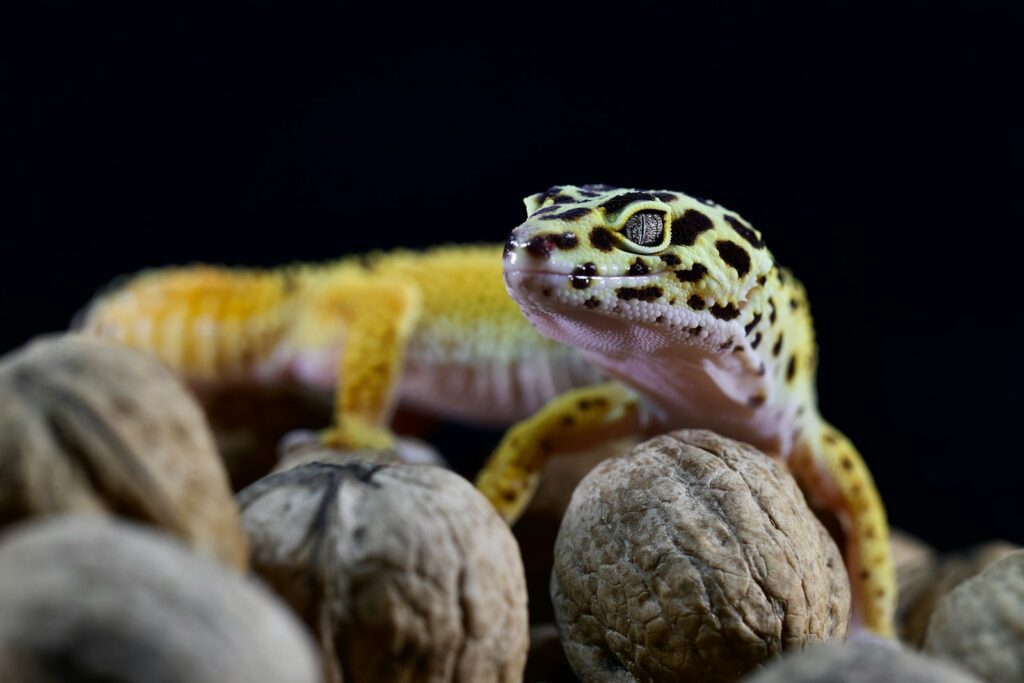
Reptiles provide a perfect pet solution for individuals who suffer from allergies to fur and dander. Unlike mammals, reptiles have scales rather than fur, eliminating the common allergens that trigger sneezing, itchy eyes, and respiratory issues in sensitive individuals. This hypoallergenic quality makes reptiles like bearded dragons, leopard geckos, and corn snakes accessible to people who have long desired animal companionship but thought it impossible due to their allergic reactions. Additionally, reptile enclosures contain substrates that can be chosen specifically to minimize dust, further reducing potential irritants in the home environment. For families with allergic members, a reptile pet can allow everyone to enjoy the benefits of animal companionship without the accompanying health concerns.
They Require Minimal Space
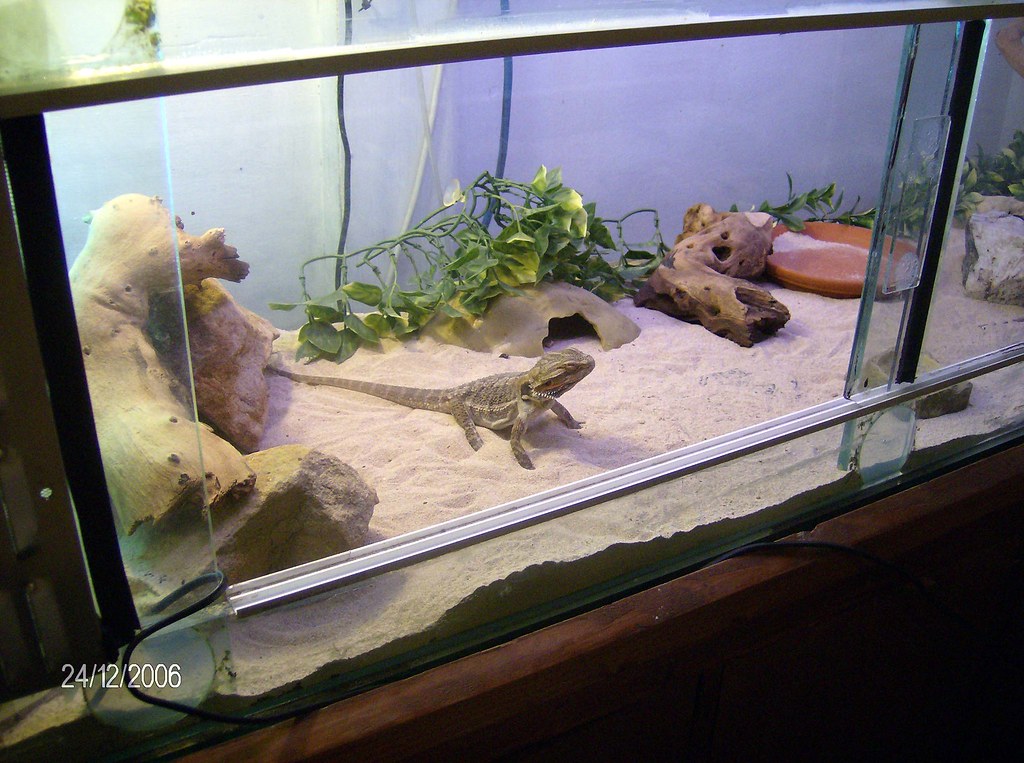
Reptiles are exceptionally well-suited for apartment living or homes with limited space, making them ideal pets for urban dwellers. Most common pet reptiles like geckos, small snakes, and even bearded dragons can thrive in properly set-up terrariums that take up less room than the crates, beds, and play areas required for traditional pets. A ball python, for instance, can live contentedly in a 40-gallon enclosure, while a leopard gecko needs just 20 gallons of space. This space efficiency extends beyond their habitats—reptiles don’t need outdoor yards for exercise or bathroom breaks, eliminating the need for homeowners to have outdoor access. Their compact housing requirements make reptiles particularly attractive to college students, young professionals in city apartments, or anyone wishing to enjoy pet ownership without dedicating significant square footage to their animal companion.
They Don’t Make Noise
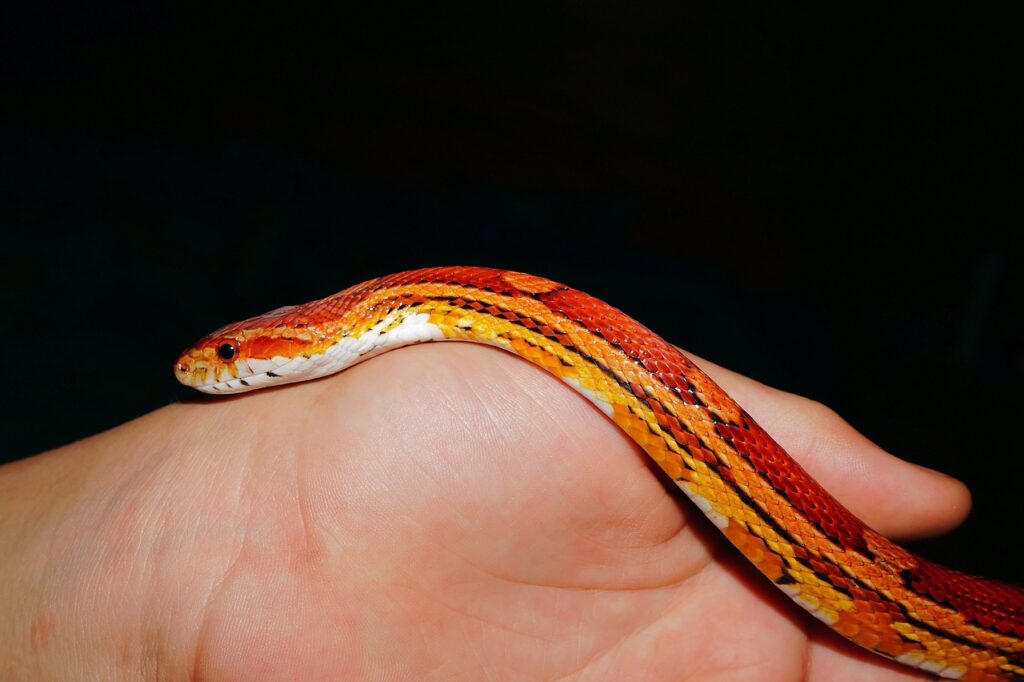
One of the most appreciated aspects of reptile ownership is their quiet nature, providing a peaceful pet experience unlike many other animals. Reptiles don’t bark, meow, chirp, or create vocal disturbances that might bother neighbors or interrupt sleep. This silence makes them particularly suitable for those living in apartments with thin walls or strict noise regulations. Even during active periods, reptiles move quietly about their enclosures without creating the ruckus that might come from a hamster on a squeaky wheel or birds chattering at dawn. Their quiet demeanor extends to their temperament as well—they won’t vocally demand attention when you’re busy or trying to concentrate. This silent quality of reptiles can be especially valuable for those working from home, studying, or simply appreciating a tranquil living environment while still enjoying animal companionship.
They’re Low-Maintenance Pets
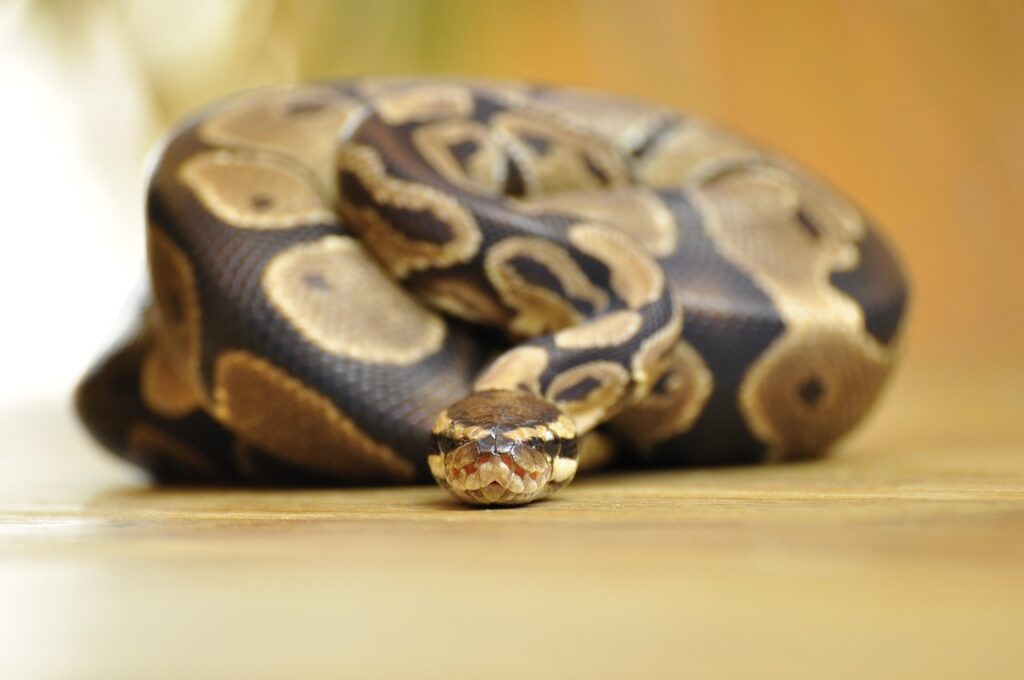
Reptiles stand out as remarkably low-maintenance pets compared to their mammalian counterparts, making them suitable for individuals with busy lifestyles. Most reptiles require feeding only a few times per week rather than daily—some adult snakes may even eat just once every seven to ten days. Their waste production is similarly minimal, meaning less frequent cleaning compared to the daily requirements of cats or dogs. Additionally, reptiles don’t need to be walked, bathed regularly, or groomed, eliminating time-consuming care routines from an owner’s schedule. This convenience extends to travel considerations as well; with proper setup and potentially a reliable pet-sitter to check in occasionally, many reptiles can be left alone for a weekend without stress. Their self-sufficient nature makes them ideal companions for professionals with demanding careers, frequent travelers, or anyone seeking the joys of pet ownership without the intensive daily care commitments.
They Live Longer Than Many Traditional Pets
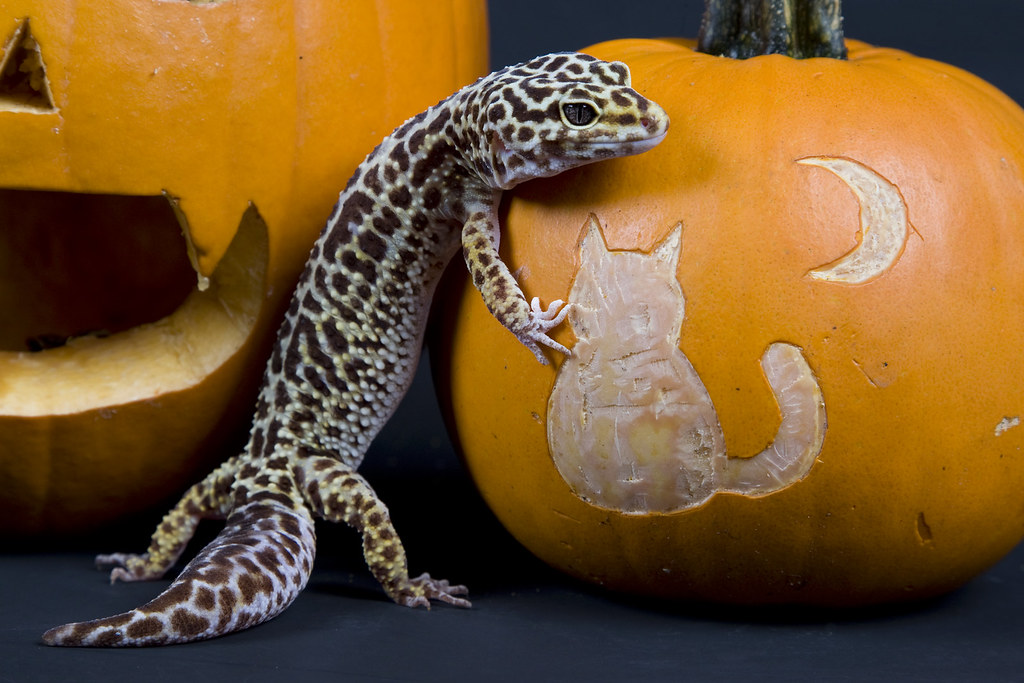
Many reptile species offer the remarkable benefit of exceptional longevity, providing owners with companions that can stay with them through significant life changes. While hamsters typically live only 2-3 years and even dogs rarely exceed 15 years, several common pet reptiles have lifespans that far surpass these numbers. Leopard geckos frequently live 15-20 years with proper care, bearded dragons typically reach 8-12 years, and tortoises can be truly lifelong companions, with some species living 50-100 years or more. Ball pythons also impress with lifespans averaging 20-30 years in captivity. This longevity allows deeper bonds to form over time and eliminates the heartbreak of frequent pet loss that owners of shorter-lived animals experience. For parents, a reptile can accompany a child from elementary school through college graduation, providing consistency and teaching responsibility throughout important developmental years while requiring a single initial commitment rather than replacements every few years.
They Don’t Require Social Interaction
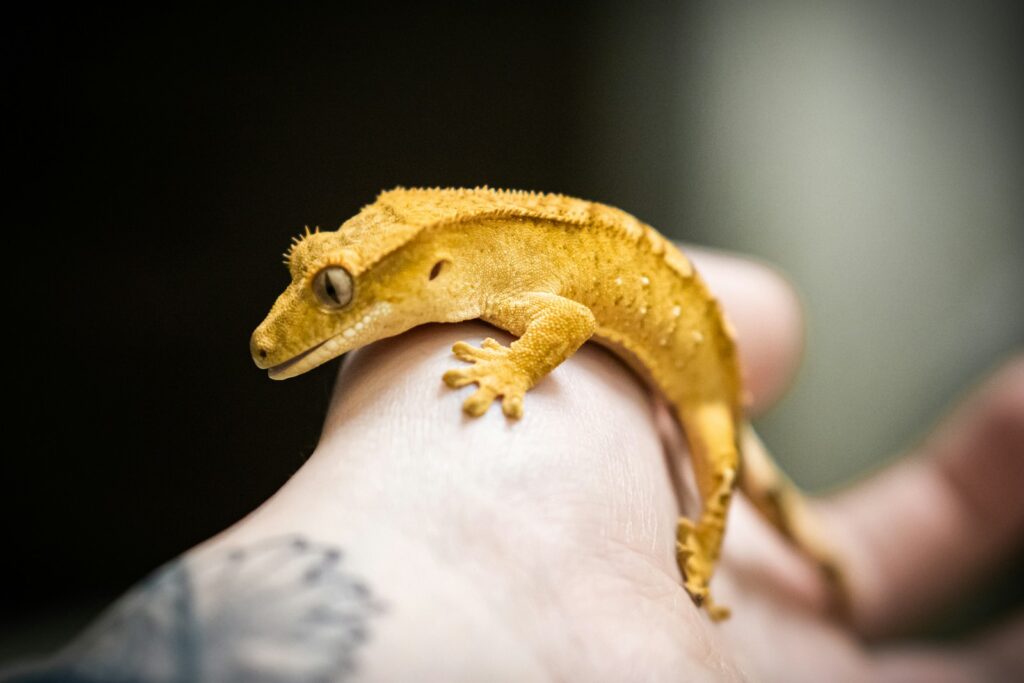
Unlike dogs and many other companion animals that can develop anxiety or destructive behaviors when left alone, reptiles are naturally independent creatures that don’t require social interaction for their psychological wellbeing. This self-sufficient nature stems from their evolutionary biology—in the wild, most reptiles are solitary animals that come together primarily for mating. This independence makes them ideal pets for people with unpredictable schedules, frequent travelers, or those who simply prefer a pet that won’t experience distress during long workdays. While many reptiles can become accustomed to handling and may even appear to enjoy interaction with their caretakers, they don’t depend on this attention for their mental health. Their contentment with solitude provides peace of mind for owners who might otherwise worry about their pet’s emotional state during necessary absences. This quality creates a low-pressure relationship where attention can be given when convenient rather than as a requirement for the animal’s wellbeing.
They Don’t Destroy Your Belongings
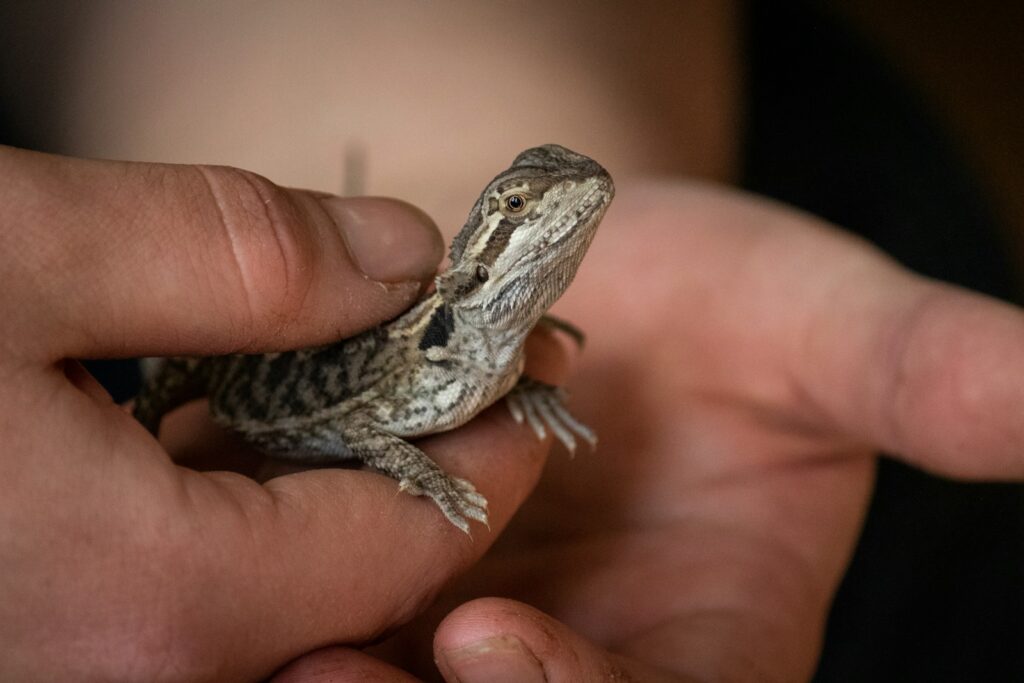
Reptile owners enjoy a significant advantage over those with traditional pets: their scaled companions won’t damage household belongings. Unlike puppies that chew furniture, cats that scratch upholstery, or birds that can destroy wood trim, reptiles remain confined to their enclosures where they can’t access or damage valuable items. This containment eliminates the need for expensive pet-proofing measures throughout the home or replacements for destroyed property. Even during supervised time outside their habitats, reptiles generally don’t exhibit destructive tendencies—they won’t shred papers, unravel toilet paper, or tear apart cushions out of boredom or anxiety. Their placid nature and lack of predatory instinct toward inanimate objects means your shoes, furniture legs, and electrical cords remain safe from curious teeth or claws. This non-destructive quality makes reptiles particularly appealing to renters concerned about property damage affecting security deposits or homeowners who wish to maintain their investment without sacrificing the joys of pet ownership.
They Have Fascinating Behaviors and Adaptations
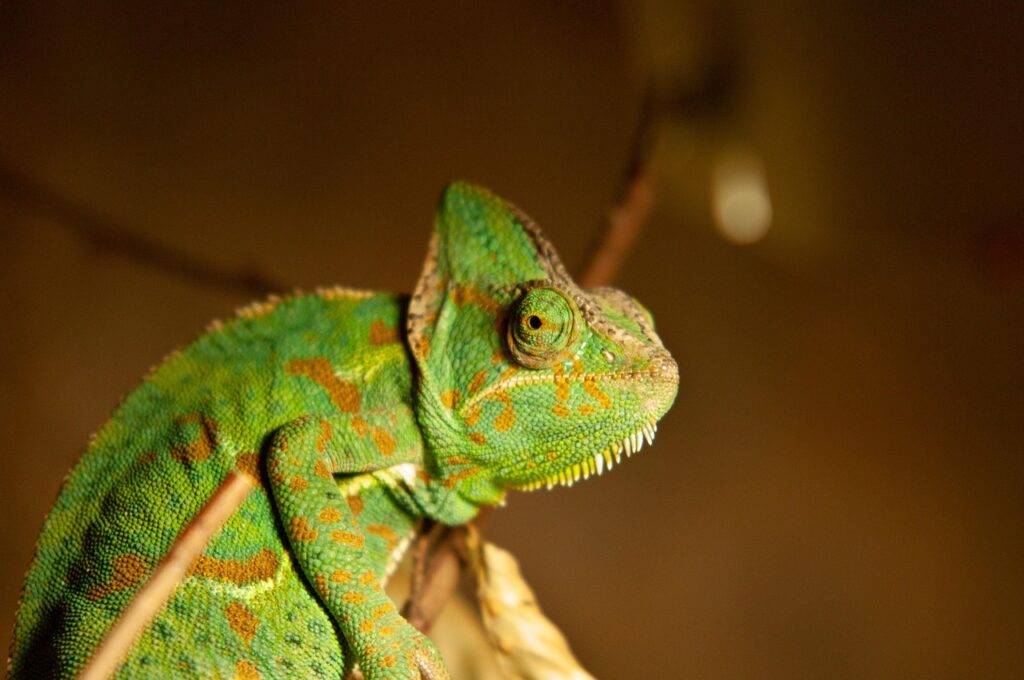
Reptiles offer owners a window into millions of years of evolutionary adaptations, displaying behaviors and physical characteristics unlike any mammalian pet. Watching a chameleon’s eyes move independently as it tracks prey, observing a bearded dragon’s territorial head-bobbing display, or witnessing the precision with which a snake strikes its food provides educational entertainment that combines the excitement of a nature documentary with the intimacy of personal observation. Many species exhibit remarkable color changes, either for camouflage like the crested gecko or as dramatic displays like the male green anole’s bright red dewlap extension. Reptiles also demonstrate surprising intelligence—some species recognize their caretakers, respond to environmental enrichment, and can even be target-trained using positive reinforcement techniques. Their unique thermoregulation behaviors, such as basking under heat sources and retreating to cooler areas, provide fascinating insights into how these animals have adapted to survive in varied environments. This rich tapestry of natural behaviors transforms reptile keeping from simple pet ownership into an ongoing exploration of evolutionary biology right in your living room.
They’re Economical to Feed
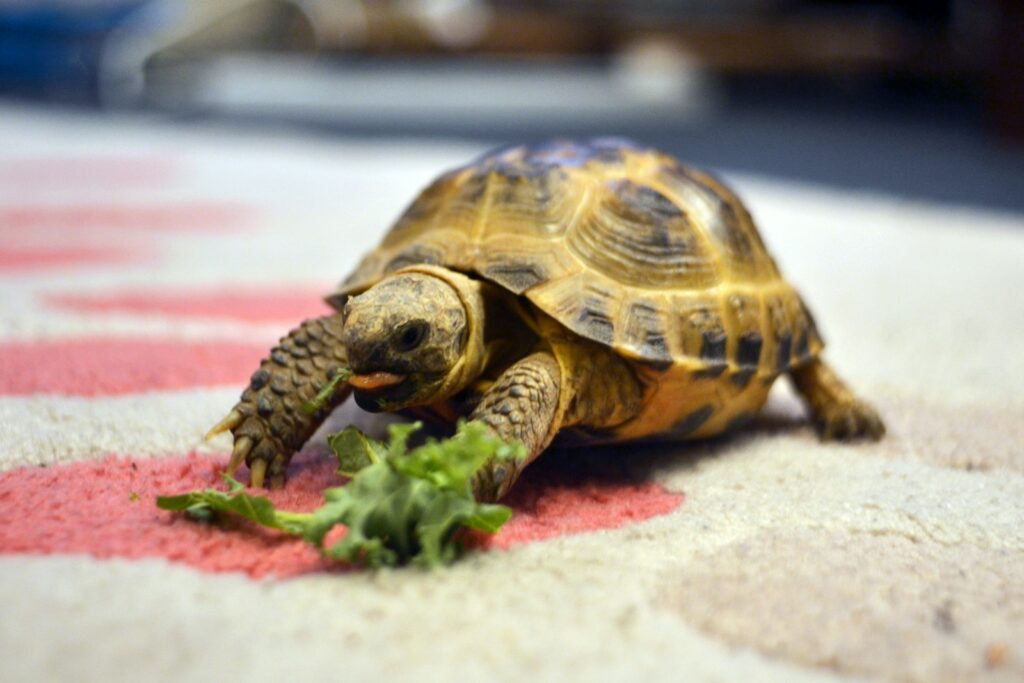
The feeding costs associated with reptile ownership present a compelling economic advantage compared to traditional pets. Many small reptiles consume insects like crickets and mealworms that cost just pennies per serving, while even larger species that require more substantial prey items generate significantly lower food bills than dogs or cats. A mature ball python, for instance, might eat just one appropriately-sized rodent every 1-2 weeks, resulting in monthly feeding costs as low as $10-20. Herbivorous reptiles like tortoises and iguanas consume inexpensive vegetables, greens, and commercial pellets that are even more budget-friendly. This cost efficiency extends beyond just the price of food—reptiles convert calories to body mass more efficiently than mammals due to their cold-blooded nature, meaning they require less food relative to their size. Additionally, their infrequent feeding schedules mean fewer trips to pet stores and less refrigerator space dedicated to pet food storage. For households watching their monthly expenses, the dramatic difference in feeding costs between reptiles and traditional pets can amount to hundreds or even thousands of dollars saved annually.
They Come in Amazing Varieties
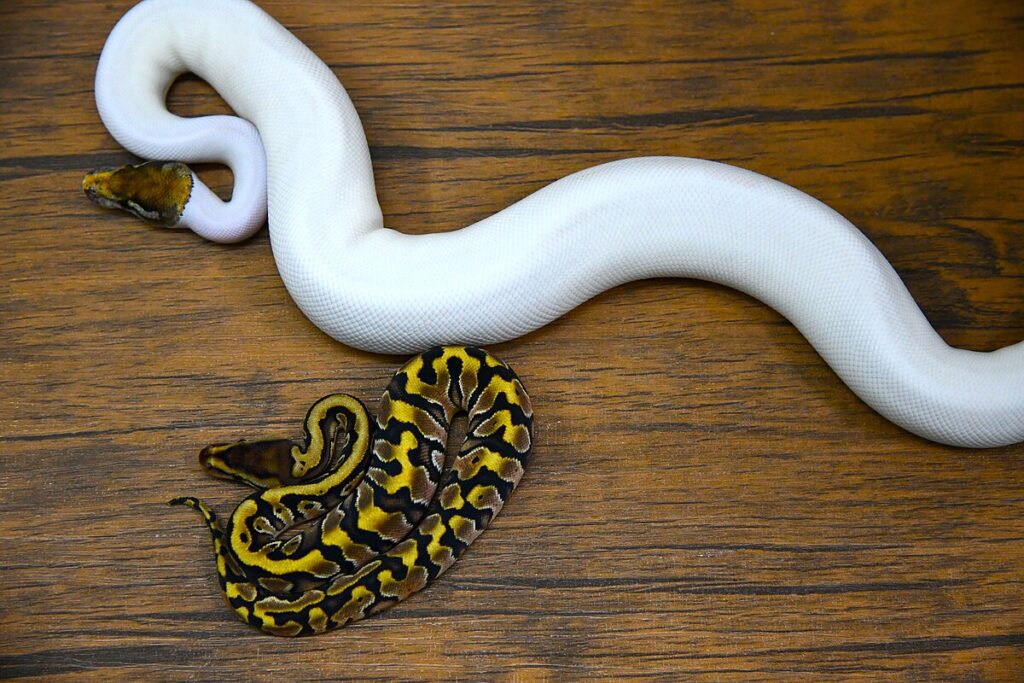
The reptile world offers an astonishing diversity of species, morphs, and color variations that allow potential owners to find exactly the aesthetic and characteristics they desire. From the vibrant patterns of ball python morphs—with options like banana, clown, or spider—to the brilliant colors of day geckos or the prehistoric appearance of blue-tongued skinks, there’s a reptile to match any preference. This variety extends beyond just appearances; prospective owners can select species based on size requirements (from tiny thumbnail-sized dart frogs to substantial monitor lizards), activity levels (sedentary tortoises versus active water dragons), and handling tolerance (docile bearded dragons versus more observational species like anoles). Breeders continue developing new color morphs and patterns, particularly in popular species like crested geckos, leopard geckos, and corn snakes, creating a collecting aspect that appeals to enthusiasts who appreciate the genetic science behind these variations. This incredible diversity ensures that reptile keepers can find companions that not only match their care capabilities but also provide the visual appeal and characteristics that resonate with their personal preferences and living situations.
They Don’t Trigger Pet Restrictions in Many Rentals

Reptiles often provide a solution for animal lovers facing housing restrictions, as many rental agreements that prohibit dogs and cats make no mention of reptiles in their pet policies. This oversight or deliberate exclusion occurs because reptiles address the primary concerns landlords have about pets: they create no noise disturbances, cause no property damage, leave no lingering odors, and don’t risk triggering complaints from neighbors. Their enclosure-based lifestyle means they never roam freely to scratch floors, stain carpets, or chew woodwork. Additionally, reptiles don’t produce dander that becomes embedded in ventilation systems or flooring, making unit turnover simpler and less expensive for property owners. For renters facing strict “no pets” policies, smaller reptiles can sometimes be classified as “caged pets” similar to fish, hamsters, or birds, potentially avoiding pet deposits or monthly pet rent charges that would apply to cats and dogs. This rental-friendly status makes reptiles particularly valuable companions for apartment dwellers, college students in dorms with limited pet policies, or frequent movers who need pets that won’t complicate their housing searches in competitive rental markets.
They Develop Unique Personalities
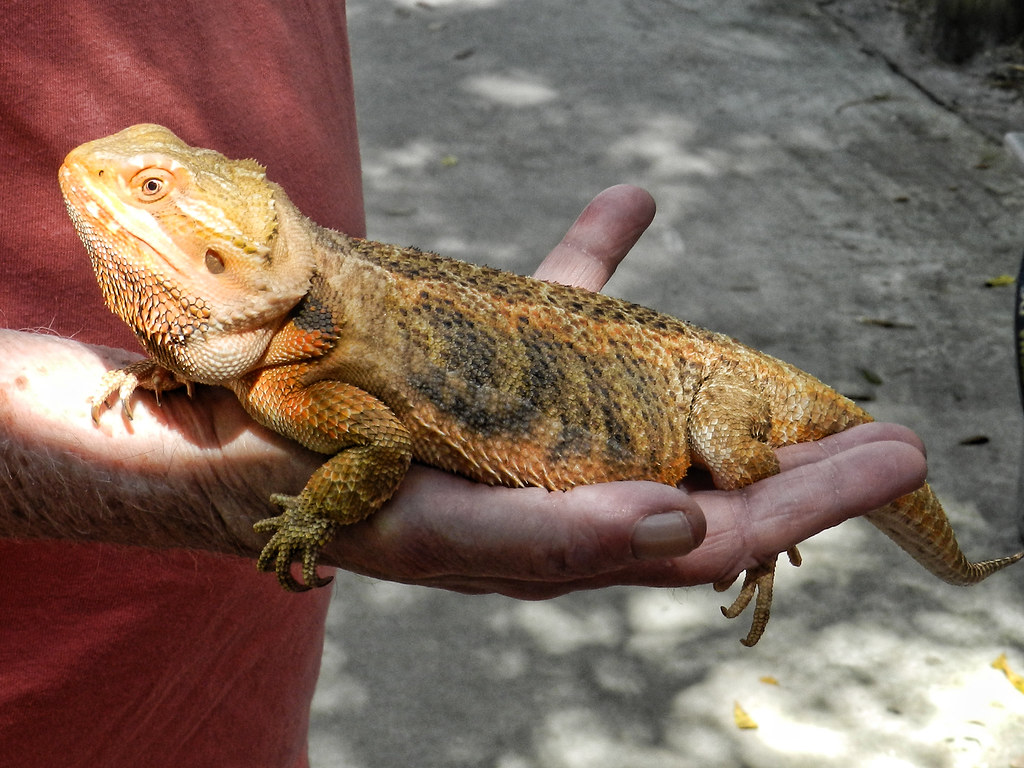
Contrary to the common misconception that reptiles are merely unresponsive, cold-blooded creatures, experienced owners know that these animals develop distinct personalities that become increasingly apparent over time. Bearded dragons, among the most personable reptiles, often recognize their caretakers and may show excitement by running to the front of their enclosure when their owner enters the room. Individual ball pythons might display varying degrees of curiosity or shyness, with some actively exploring during handling sessions while others prefer gentle, limited interaction. Leopard geckos demonstrate preferences for certain handling techniques, favorite hiding spots, and specific food items that reveal their unique temperaments. These personality differences exist not just between species but between individuals of the same species—just as no two dogs are identical in personality, no two crested geckos or blue-tongued skinks will behave exactly alike. Long-term reptile owners frequently report that getting to know their pet’s individual quirks, preferences, and behaviors creates a rewarding bond that deepens over years of care, challenging the stereotype that meaningful connections can only form with furry companions.
They’re Educational for Children
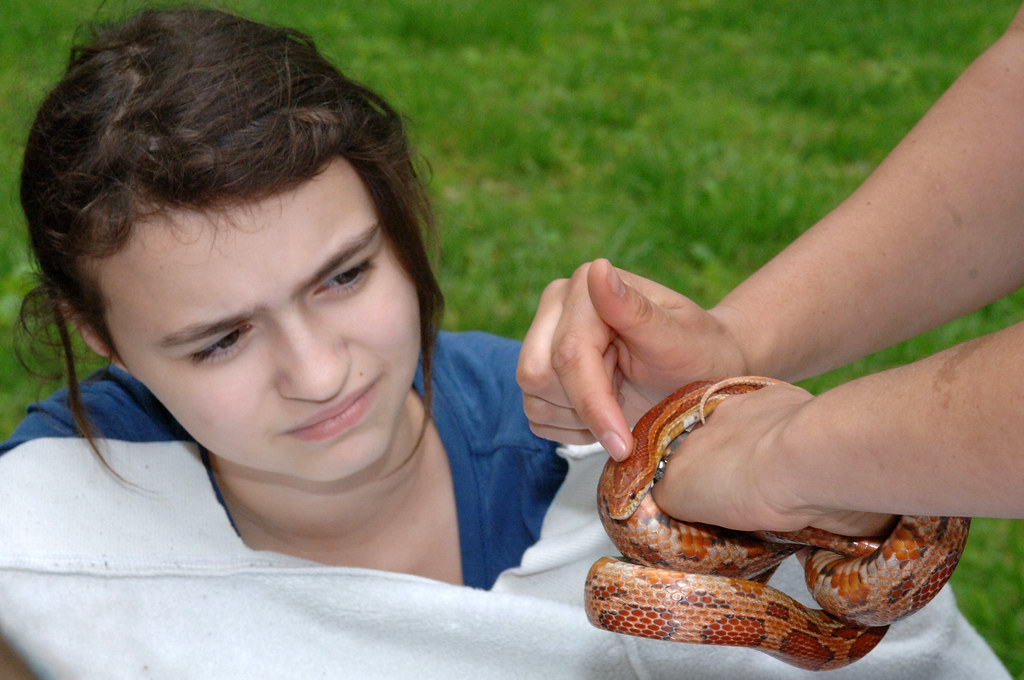
Reptiles serve as outstanding educational tools for children, offering hands-on learning opportunities across multiple scientific disciplines. Caring for a reptile introduces young people to concepts in biology, including anatomy, physiology, and the remarkable adaptations that allow these animals to thrive in diverse environments. The habitat setup process teaches principles of ecosystems, temperature regulation, and the specific environmental needs different species require to flourish. For older children, breeding projects with species like leopard geckos can provide practical experience with genetics as they observe how traits are passed from parents to offspring. Beyond science, reptile care builds responsibility as children learn to maintain consistent feeding schedules, monitor temperatures, and recognize subtle behavioral changes that might indicate health concerns. These educational benefits extend to social learning as well—children with reptile pets often become ambassadors for conservation and animal appreciation, educating peers about misunderstood species and developing empathy for creatures different from themselves. Unlike many traditional pets, reptiles’ longer lifespans mean they can accompany a child throughout their educational development, providing evolving learning opportunities as the child matures.
They’re Conversation Starters
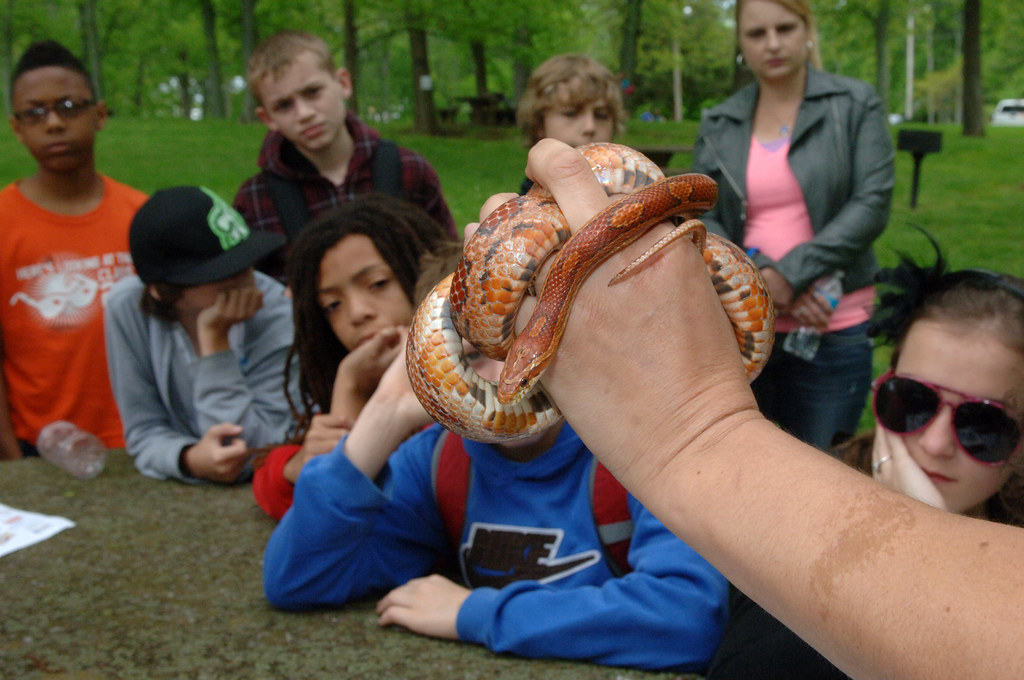
Reptile ownership inevitably transforms ordinary social interactions into engaging conversations, as these unique pets naturally draw curiosity from visitors and acquaintances. Unlike dogs or cats that visitors expect to encounter in homes, the presence of a beautiful crested gecko, colorful corn snake, or basking bearded dragon immediately captures attention and generates questions. This conversation-starting quality extends beyond in-person visits—social media posts featuring reptiles typically receive higher engagement as followers ask about care requirements, species information, and behavioral observations. Reptile owners often find themselves serving as informal educators, dispelling common myths about these misunderstood animals while sharing fascinating facts about their specific pet’s behaviors and needs. These conversations frequently evolve into deeper discussions about conservation, natural history, and the importance of protecting reptile habitats in the wild. For children and teenagers, their reptile companions can foster social connections with peers who share similar interests, potentially leading to lasting friendships built around a shared appreciation for herpetology. The unique nature of reptile keeping creates social opportunities that owners of more common pets might not experience, enriching their social lives through their scaled companions.
They’re Surprisingly Interactive
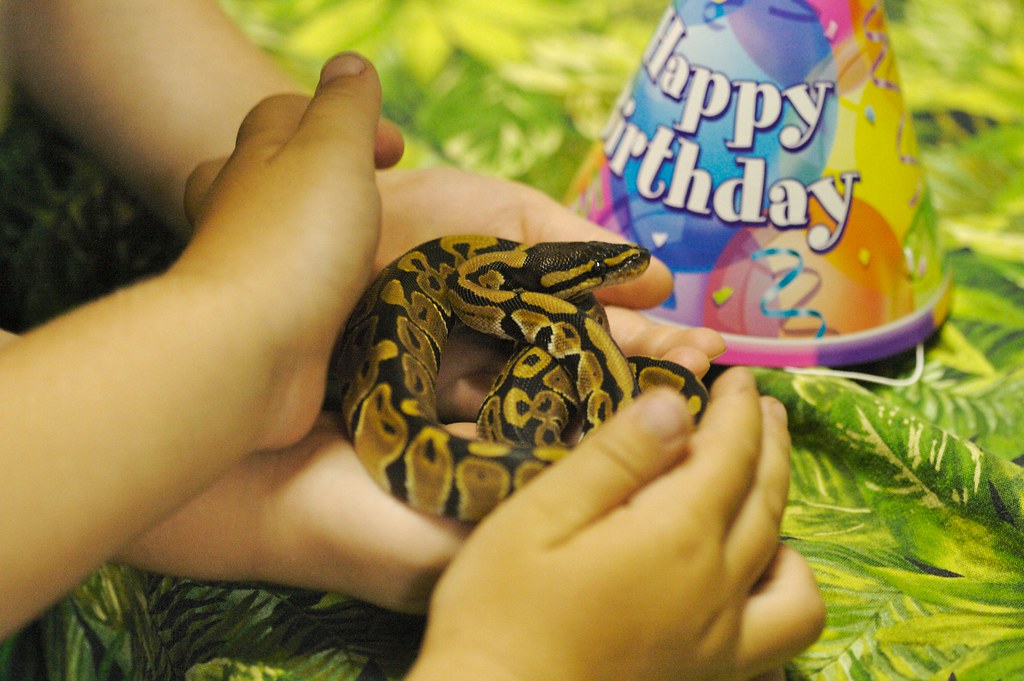
Many prospective reptile owners are pleasantly surprised to discover the interactive nature of certain species, defying the stereotype of reptiles as merely display animals. Bearded dragons exemplify this interactive quality, often climbing onto their owners’ shoulders, responding to hand gestures signaling mealtime, and even appearing to enjoy gentle strokes along their backs. Ball pythons may initially seem shy but typically become confident handling subjects that calmly explore their owners’ arms and shoulders, sensing their surroundings through gentle tongue flicks. Blue-tongued skinks demonstrate remarkable food recognition, coming to the front of their enclosures when they spot their caretaker preparing meals and sometimes eating directly from an owner’s hand. Even species like leopard geckos, while not as overtly social as bearded dragons, learn to associate their owners with positive experiences like treats and gentle handling, often voluntarily walking onto a familiar hand extended into their habitat. This interactive potential varies significantly by species—with some like crested geckos preferring minimal handling—but the right reptile match can provide surprisingly meaningful engagement for owners seeking responsive pet companionship without the demands of traditional mammalian pets.
They’re Environmentally Friendly Pets
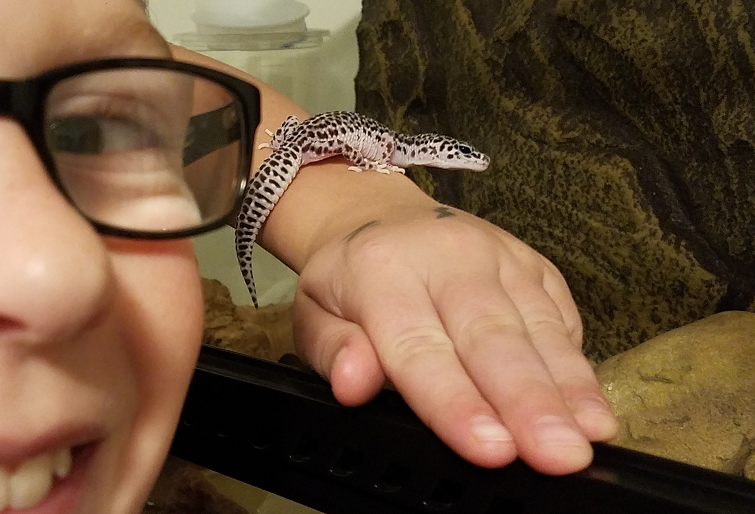
Reptiles represent one of the most environmentally sustainable pet choices available, with significantly smaller ecological footprints than traditional companion animals. Their cold-blooded physiology means they convert food to energy with remarkable efficiency, requiring far less protein than mammals of comparable size and subsequently generating less waste. This reduced consumption directly translates to lower environmental impacts from pet food production—the meat-based diets of dogs and cats contribute substantially to greenhouse gas emissions, water usage, and land conversion for agriculture, while insectivorous reptiles like leopard geckos require minimal resources for their feeders. Even carnivorous reptiles like snakes consume dramatically less over their lifetimes than mammalian predators. The compact

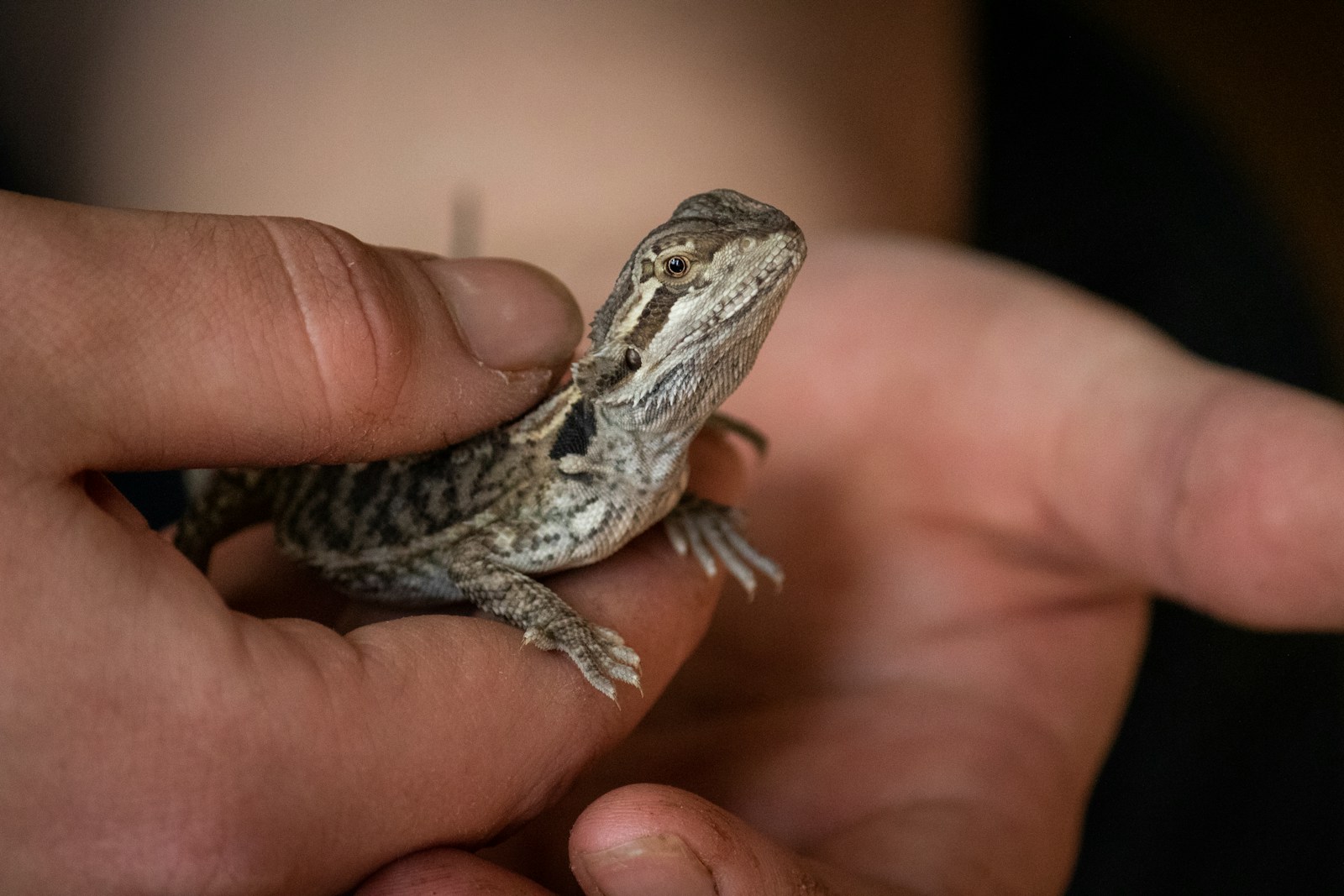



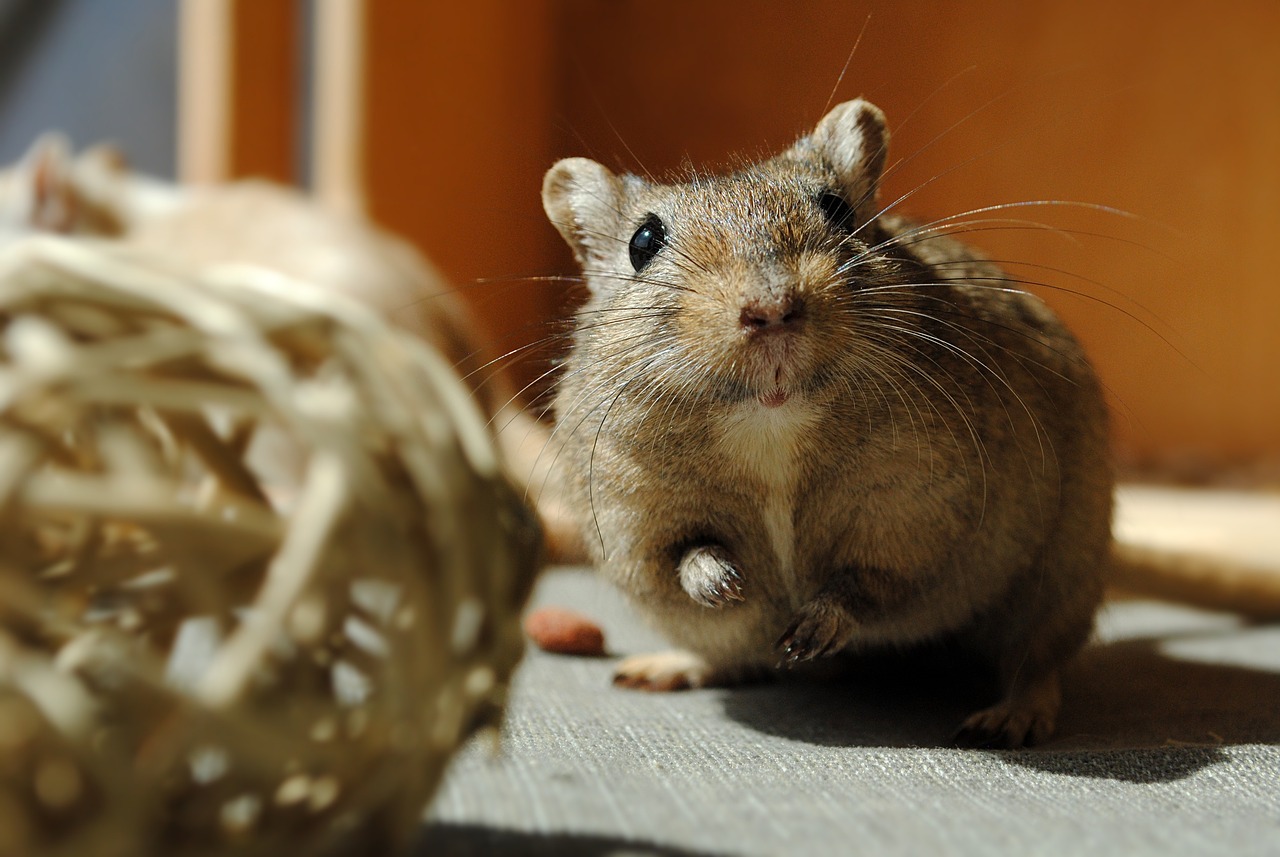


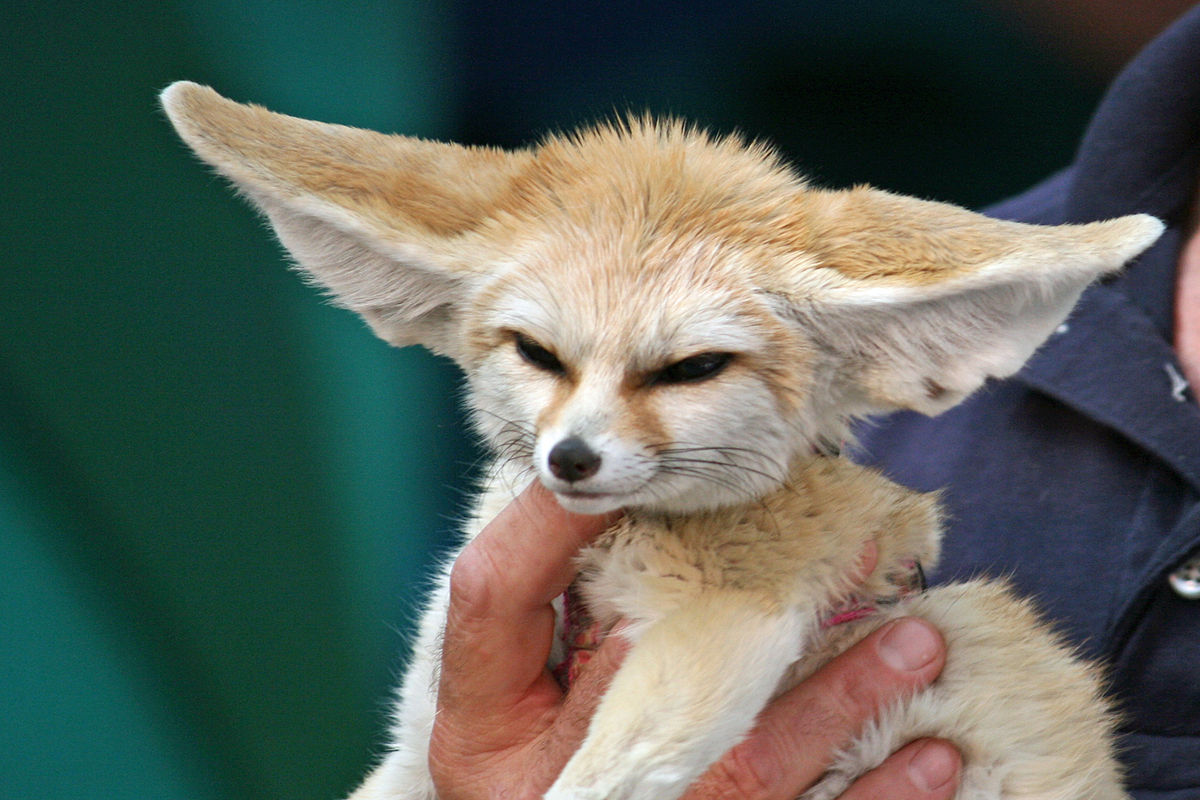







Leave a Reply